Home>diy>Building & Construction>What Type Of Construction Is Heavy Timber
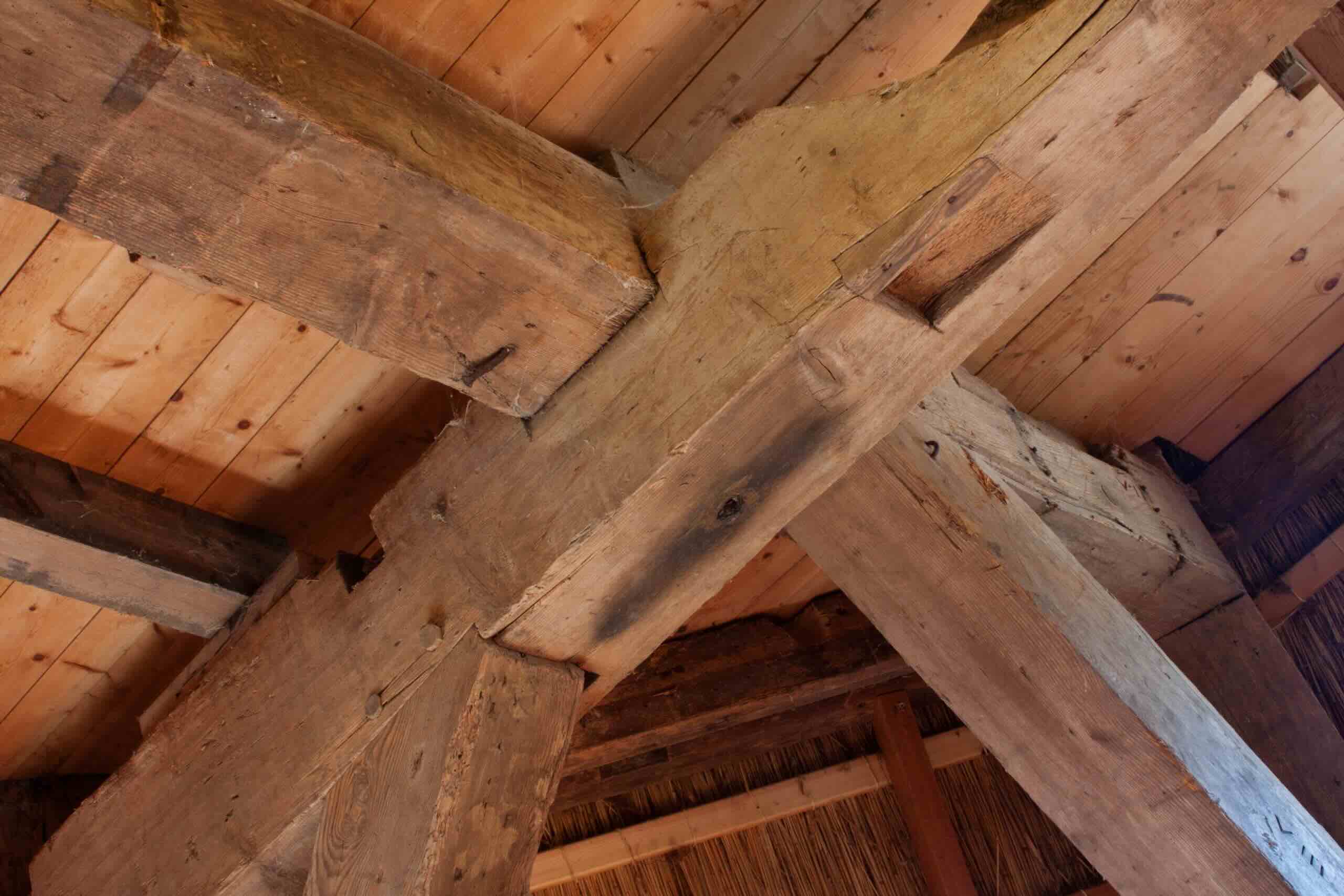

Building & Construction
What Type Of Construction Is Heavy Timber
Modified: January 9, 2024
Learn about heavy timber construction, a type of building construction that utilizes large wood elements for structural support. Enhance your knowledge about the benefits and applications of this sustainable building technique.
(Many of the links in this article redirect to a specific reviewed product. Your purchase of these products through affiliate links helps to generate commission for Storables.com, at no extra cost. Learn more)
Introduction
Construction plays a crucial role in shaping our built environment. From towering skyscrapers to cozy homes, every structure we see around us is a result of careful planning, designing, and construction. Among the various construction methods available, one particular type that showcases strength, durability, and aesthetic appeal is heavy timber construction.
Heavy timber construction refers to a building technique that utilizes large, solid wood elements such as beams and columns as the primary structural support. It is characterized by the use of heavy timbers, typically measuring over six inches in thickness, to create a robust and resilient framework. This construction method has a rich history and has gained popularity for its sustainable properties and unique visual appeal.
In this article, we will explore the definition, history, characteristics, types, benefits, challenges, and examples of heavy timber construction. By delving into these aspects, we will gain a comprehensive understanding of this construction method and its significance in the building industry.
Key Takeaways:
- Heavy timber construction combines strength, durability, and aesthetic appeal, making it a sustainable and visually pleasing choice for modern building projects. Its historic roots and modern advancements showcase its resilience and longevity.
- Heavy timber construction offers numerous benefits, including sustainability, fire resistance, and thermal insulation. Despite challenges such as compliance with building codes and moisture management, its versatility and beauty are evident in impressive global projects.
Read more: What Is Mass Timber Construction
Definition of Heavy Timber Construction
Heavy timber construction, also known as mass timber construction or post and beam construction, is a building technique that utilizes large, solid wood elements to create the primary structural support system of a building. Unlike lightweight wood frame construction, which relies on smaller lumber components, heavy timber construction employs larger timbers measuring six inches or more in thickness.
The use of heavy timbers in construction dates back centuries and has been prevalent in various cultures across the world. The primary purpose of heavy timber construction is to create a durable and resilient framework capable of withstanding significant loads, both vertically and horizontally.
The timber elements used in heavy timber construction can include beams, columns, trusses, and even entire pre-fabricated panels. These elements are typically made from species of wood that have high strength and stability, such as Douglas fir, glulam, or cross-laminated timber (CLT). The timber components are precisely engineered, often using computer-aided design (CAD) and manufacturing (CAM) technologies, to ensure optimal strength and structural integrity.
One distinguishing feature of heavy timber construction is the presence of exposed timber elements, which are left visible on the interior and exterior of the building. This design choice highlights the natural beauty and visual warmth of the wood, creating a distinct aesthetic appeal. The exposed timbers also serve as a reminder of the building’s structural system, giving it a unique character and charm.
In recent years, heavy timber construction has experienced a resurgence in popularity due to its sustainable qualities. Wood is a renewable resource, and the use of heavy timber in construction helps reduce carbon emissions, as it stores carbon dioxide throughout its lifecycle. Additionally, heavy timber construction often requires less energy and generates less waste compared to conventional construction methods, making it an environmentally friendly choice.
Overall, heavy timber construction offers a blend of strength, durability, aesthetics, and sustainability, making it a compelling option for a wide range of building projects.
History of Heavy Timber Construction
The history of heavy timber construction dates back to ancient times, where wood was one of the primary building materials available to early civilizations. As humanity evolved, so did the techniques and methods of using timber for structural purposes.
One of the earliest examples of heavy timber construction can be found in ancient Japan, where the traditional building technique known as “sukiya-zukuri” was developed. This method utilized heavy timber elements to create intricate and beautifully crafted structures, such as tea houses and temples.
In Europe, heavy timber construction techniques became prevalent during the medieval period. The use of massive timber beams, often hewn from oak trees, was a common practice in the construction of grand cathedrals and castles. These structures showcased the strength and durability of heavy timber construction, with some examples standing tall for hundreds of years.
During the Industrial Revolution in the 19th century, heavy timber construction faced competition from the emerging steel and concrete industries. However, heavy timber construction continued to thrive in certain regions, especially in North America. The abundance of old-growth forests and the availability of large timber resources contributed to its popularity in the construction of barns, warehouses, and industrial buildings.
In the early 20th century, heavy timber construction saw a decline as modern construction methods and materials took center stage. However, in recent years, heavy timber construction has experienced a resurgence, driven by advancements in technology, environmental consciousness, and a renewed appreciation for the aesthetic qualities of wood.
With the development of engineered wood products such as glulam and cross-laminated timber (CLT), heavy timber construction has become more versatile and capable of meeting modern building code requirements. This has paved the way for the construction of innovative and sustainable timber structures, including mid-rise and even high-rise buildings.
Today, heavy timber construction is gaining momentum worldwide as architects, engineers, and builders recognize its numerous advantages. The combination of its strength, durability, aesthetic appeal, and environmentally friendly nature has made heavy timber construction a go-to choice for a wide variety of projects, ranging from residential homes and schools to cultural centers and office buildings.
As the construction industry continues to embrace sustainable practices and seek alternative building materials, the history of heavy timber construction serves as an inspiration for the future, driving innovation and shaping the way we approach construction in the 21st century.
Characteristics of Heavy Timber Construction
Heavy timber construction possesses several distinct characteristics that set it apart from other building methods. These characteristics contribute to its appeal and make it a popular choice for a wide range of construction projects. Let’s explore some of the key characteristics of heavy timber construction:
- Strength and Durability: Heavy timber construction is known for its exceptional strength and durability. The use of large, solid wood elements provides structural integrity and resistance against heavy loads, making it suitable for buildings where strength is paramount.
- Fire Resistance: Wood is naturally fire-resistant, and heavy timber construction takes advantage of this property. The large size of the timber elements slows down the burning process, creating a layer of char that acts as insulation, protecting the core structure from the flames.
- Aesthetic Appeal: Exposed timber elements in heavy timber construction create a distinctive and visually appealing aesthetic. The natural beauty of wood, with its textures, grains, and colors, adds warmth and character to the interior and exterior of the building.
- Flexible Design: Heavy timber construction allows for flexible and customizable designs. The large timber elements can be crafted and shaped according to architectural requirements, enabling the creation of unique and visually striking structures.
- Sustainability: Heavy timber construction is considered a sustainable building method. Wood is a renewable resource, and its use in construction helps reduce carbon emissions by storing carbon dioxide throughout its lifecycle. Additionally, timber structures can be disassembled and recycled or repurposed, reducing waste generation.
- Thermal Insulation: Timber has excellent thermal insulation properties, which contribute to energy efficiency in buildings. Heavy timber construction helps to maintain comfortable indoor temperatures while reducing the reliance on mechanical heating and cooling systems.
- Noise and Vibration Control: The density and mass of heavy timber elements provide effective noise and vibration control. The acoustic properties of wood help to dampen sound transmission, creating a quieter and more comfortable living or working environment.
- Construction Efficiency: Heavy timber construction often involves prefabrication and off-site manufacturing, leading to efficient construction processes. The precise engineering and cutting of timber elements reduce on-site construction time and minimize waste generation, resulting in cost and time savings.
These characteristics make heavy timber construction an attractive option for various building types, including residential, commercial, and institutional projects. By combining strength, durability, aesthetic appeal, and sustainable properties, heavy timber construction continues to be an innovative and sought-after choice in modern construction.
Types of Heavy Timber Construction
Heavy timber construction encompasses various techniques and styles that utilize large timber elements for structural support. Here are some of the common types of heavy timber construction:
- Post and Beam Construction: Post and beam construction is the most traditional form of heavy timber construction. It involves the use of vertical columns (posts) and horizontal beams to create a framework. This method allows for flexible floor plans and open spaces, as the beams bear the weight of the structure, supported by the posts.
- Timber Frame Construction: Timber frame construction is similar to post and beam construction but typically incorporates more intricate joinery and framing techniques. Instead of relying on mortise and tenon joints, it often utilizes pegs or other fasteners to connect the timber elements. Timber frame structures are known for their exposed timber framework and can be seen in various architectural styles, including traditional and modern designs.
- Glulam Construction: Glulam (glued laminated timber) construction involves the use of multiple layers of timber boards bonded together with strong adhesives. This creates larger and stronger timber elements with enhanced structural capabilities. Glulam beams and columns can be shaped into curved or arched forms, allowing for unique architectural design possibilities.
- Cross-Laminated Timber (CLT) Construction: Cross-laminated timber (CLT) is a relatively newer type of heavy timber construction. It consists of multiple layers of timber boards stacked in alternating directions and glued together. CLT panels have excellent strength and stiffness, making them suitable for both vertical and horizontal applications. CLT is commonly used in the construction of walls, floors, and roofs.
- Hybrid Construction: Hybrid construction combines heavy timber elements with other construction materials such as steel or concrete. This approach allows for the benefits of heavy timber, such as its visual appeal and sustainability, to be integrated with the structural advantages of other materials. Hybrid construction is often employed in larger or more complex projects, such as multi-story buildings.
Each type of heavy timber construction has its own unique characteristics and advantages, offering versatility in design and construction. The choice of construction method depends on the specific project requirements, architectural preferences, and structural considerations.
It’s important to consult with architects, engineers, and experienced timber construction professionals to determine the most suitable type of heavy timber construction for a particular project, ensuring a successful and harmonious integration of timber elements into the overall design.
Heavy timber construction is a traditional building method using large wooden beams and columns, often with exposed wood ceilings. It is known for its strength, durability, and fire resistance.
Read more: What Timber Is Used For In Construction
Benefits of Heavy Timber Construction
Heavy timber construction offers numerous benefits that make it an attractive choice for builders, architects, and building owners. Here are some of the key advantages of using heavy timber construction:
- Sustainability: Heavy timber construction is considered a sustainable building method. Wood is a renewable resource, and the use of timber in construction helps reduce carbon emissions by storing carbon dioxide throughout its lifecycle. Additionally, timber structures can be disassembled and recycled or repurposed, minimizing waste generation.
- Aesthetic Appeal: Exposed timber elements in heavy timber construction create a unique and visually appealing aesthetic. The natural textures, grains, and colors of wood add warmth, character, and a sense of coziness to the interior and exterior of the building, showcasing the beauty of nature.
- Strength and Durability: Heavy timber construction utilizes large, solid wood elements that provide exceptional strength and durability. The timber components can withstand heavy loads and have proven to be resilient, making structures built with heavy timber construction techniques long-lasting and reliable.
- Fire Resistance: Wood is naturally fire-resistant, and heavy timber construction takes advantage of this property. The large size of the timber elements slows down the burning process, creating a layer of char that acts as insulation, protecting the core structure from the flames. This makes heavy timber construction an inherently safer choice in fire-prone areas.
- Thermal Insulation: Timber has excellent thermal insulation properties, which contribute to energy efficiency in buildings. Heavy timber construction helps to maintain comfortable indoor temperatures, reducing reliance on mechanical heating and cooling systems, and reducing energy consumption.
- Construction Efficiency: Heavy timber construction often involves prefabrication and off-site manufacturing, leading to efficient construction processes. The precise engineering and cutting of timber elements reduce on-site construction time and minimize waste generation, resulting in cost and time savings.
- Health and Well-being: Wood has been shown to have positive psychological and physiological effects on occupants. Being in spaces constructed with heavy timber can reduce stress levels, enhance focus, and promote overall well-being. The natural, organic material creates a connection to nature, fostering a calm and soothing environment.
The combination of these benefits makes heavy timber construction an appealing choice for a variety of building projects, including residential, commercial, and institutional structures. As sustainability and environmental consciousness continue to gain importance in the construction industry, heavy timber construction serves as a durable, aesthetically pleasing, and environmentally friendly option.
It is essential to work with experienced architects, engineers, and timber construction professionals to ensure the successful implementation of heavy timber construction, maximizing the benefits and realizing the full potential of this construction method.
Challenges of Heavy Timber Construction
While heavy timber construction offers numerous advantages, it also presents some challenges that need to be considered. Understanding these challenges is crucial for successful implementation and to overcome any potential obstacles. Here are some of the common challenges associated with heavy timber construction:
- Building Codes and Regulations: Heavy timber construction may be subject to specific building codes and regulations that differ from conventional construction methods. These codes address fire safety, structural stability, and other considerations unique to timber structures. It is important to work closely with local authorities and professionals experienced in timber construction to ensure compliance with these requirements.
- Moisture and Rot: Wood is susceptible to moisture, which can lead to rot and decay over time. Adequate moisture management strategies, such as proper ventilation, moisture barriers, and regular maintenance, are essential to prolong the life of heavy timber structures and ensure their structural integrity.
- Wood Treatments and Protection: To enhance the durability and fire resistance of heavy timber construction, certain wood treatments and coatings may be required. The selection and application of these treatments should be done carefully to ensure their effectiveness and compatibility with environmental and health considerations.
- Structural Design Considerations: Heavy timber construction requires careful structural design and engineering to ensure adequate load-bearing capacity and resistance against forces such as wind and earthquakes. The weight and dimensions of the timber elements, as well as their connections and joinery, need to be properly calculated and designed to ensure structural stability and durability.
- Construction Techniques and Equipment: Heavy timber construction often requires specialized construction techniques and equipment due to the size and weight of the timber elements. Cranes, lifts, and other heavy machinery may be necessary for handling and assembling these components. It is essential to have skilled labor and appropriate equipment to ensure safe and efficient construction processes.
- Cost Considerations: Heavy timber construction can sometimes be more expensive than conventional construction methods due to the cost of the larger timber elements and the additional engineering and construction requirements. However, considering the long-term benefits, such as durability, sustainability, and aesthetic appeal, the initial investment can result in significant value over the lifespan of the structure.
Addressing these challenges requires expertise and collaboration between architects, engineers, contractors, and other professionals specializing in heavy timber construction. Additionally, staying informed about the latest advancements in timber construction technology, materials, and building methods can help mitigate or overcome these challenges.
Despite these challenges, the benefits of heavy timber construction outweigh the potential difficulties, making it a desirable and increasingly popular choice in the construction industry. Proper planning, knowledge, and collaboration are key to successfully realizing the full potential of heavy timber construction projects.
Examples of Heavy Timber Construction Projects
Heavy timber construction has been utilized in a wide array of impressive architectural projects around the world. From residential buildings to cultural centers, these examples showcase the versatility and aesthetic appeal of heavy timber construction. Here are a few notable examples:
- The Brock Commons Tallwood House – Vancouver, Canada: This 18-story mass timber building, completed in 2016, was the tallest contemporary wood structure in the world at the time. It showcases the strength and viability of heavy timber construction for high-rise buildings, utilizing cross-laminated timber (CLT) as the primary building material.
- The Bullitt Center – Seattle, USA: Built in 2013, the Bullitt Center is a six-story office building that showcases the sustainability and energy efficiency of heavy timber construction. The building is made entirely of FSC-certified wood, including glulam beams and columns, and features advanced green building technologies for reduced energy consumption.
- Torri del Sale Winery – Tuscany, Italy: This winery, completed in 2016, features a striking heavy timber roof structure made of laminated timber beams. The design reflects the traditional architecture of the region and highlights the natural beauty of the wood, creating a harmonious integration with the surrounding vineyards.
- The Shigeru Ban-designed Tamedia Office Building – Zurich, Switzerland: Completed in 2013, this seven-story office building showcases the architectural possibilities of heavy timber construction. The building features an exposed timber framework with glulam beams and columns, creating a visually stunning and sustainable workspace.
- The Wood Innovation and Design Centre – British Columbia, Canada: Completed in 2014, this six-story building serves as a hub for research, education, and innovation in wood construction. It features an impressive heavy timber structure constructed with glulam beams and cross-laminated timber (CLT) panels, emphasizing the beauty and strength of wood as a building material.
- House of Music – Aalborg, Denmark: This cultural center, completed in 2014, showcases the use of heavy timber construction in creating a dynamic and acoustically sophisticated space. The building features a large heavy timber roof structure made of glulam beams, providing an aesthetically pleasing and functional design for concerts and performances.
These examples highlight the diverse range of heavy timber construction applications, from high-rise buildings to cultural centers and wineries. They demonstrate the impressive strength, durability, sustainability, and aesthetic appeal of heavy timber construction techniques.
As heavy timber construction continues to gain popularity, we can expect even more innovative and remarkable projects that push the boundaries of design and construction. The combination of traditional craftsmanship and modern technology allows architects and builders to create extraordinary structures that showcase the natural beauty and sustainability of heavy timber construction.
Conclusion
Heavy timber construction is a building method that combines strength, durability, aesthetics, and sustainability. With its historic roots and modern advancements, heavy timber construction has become a popular choice for architects, builders, and building owners looking to create structures that are not only visually appealing but also environmentally friendly.
Throughout history, heavy timber construction has demonstrated its resilience and longevity, with structures still standing tall after centuries. From the traditional post and beam construction to the innovative use of engineered wood products like glulam and cross-laminated timber (CLT), heavy timber construction offers a wide range of design and construction possibilities.
Heavy timber construction boasts numerous benefits, including its sustainability, aesthetic appeal, strength, and fire resistance. Its use of wood as a renewable resource helps reduce carbon emissions and contribute to a healthier planet. The exposed timber elements create a warm and inviting atmosphere, connecting people to nature and promoting well-being.
However, heavy timber construction also presents certain challenges, such as compliance with building codes, moisture management, and structural design considerations. Overcoming these challenges requires expertise and collaboration between professionals experienced in timber construction.
The examples of heavy timber construction projects worldwide demonstrate the versatility and beauty of this construction method. From towering high-rise buildings to cultural centers and wineries, heavy timber construction showcases its potential in various architectural styles and applications.
As sustainability and environmental consciousness continue to shape the construction industry, heavy timber construction stands as an innovative solution. It combines the strength and durability of timber with the aesthetic appeal and eco-consciousness that today’s building projects demand.
In conclusion, heavy timber construction offers a sustainable, visually pleasing, and resilient alternative to traditional construction methods. As the construction industry embraces the principles of sustainability and seeks to create buildings that harmonize with the natural environment, heavy timber construction will undoubtedly play a vital role in shaping our built environment for generations to come.
Frequently Asked Questions about What Type Of Construction Is Heavy Timber
Was this page helpful?
At Storables.com, we guarantee accurate and reliable information. Our content, validated by Expert Board Contributors, is crafted following stringent Editorial Policies. We're committed to providing you with well-researched, expert-backed insights for all your informational needs.
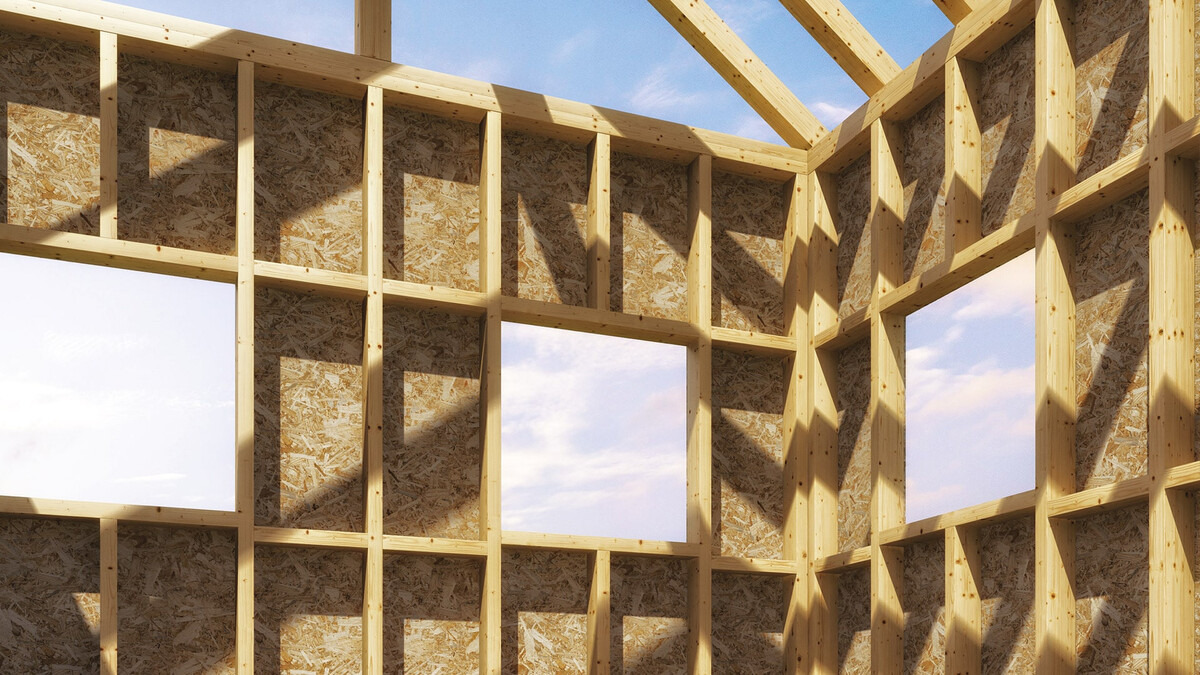
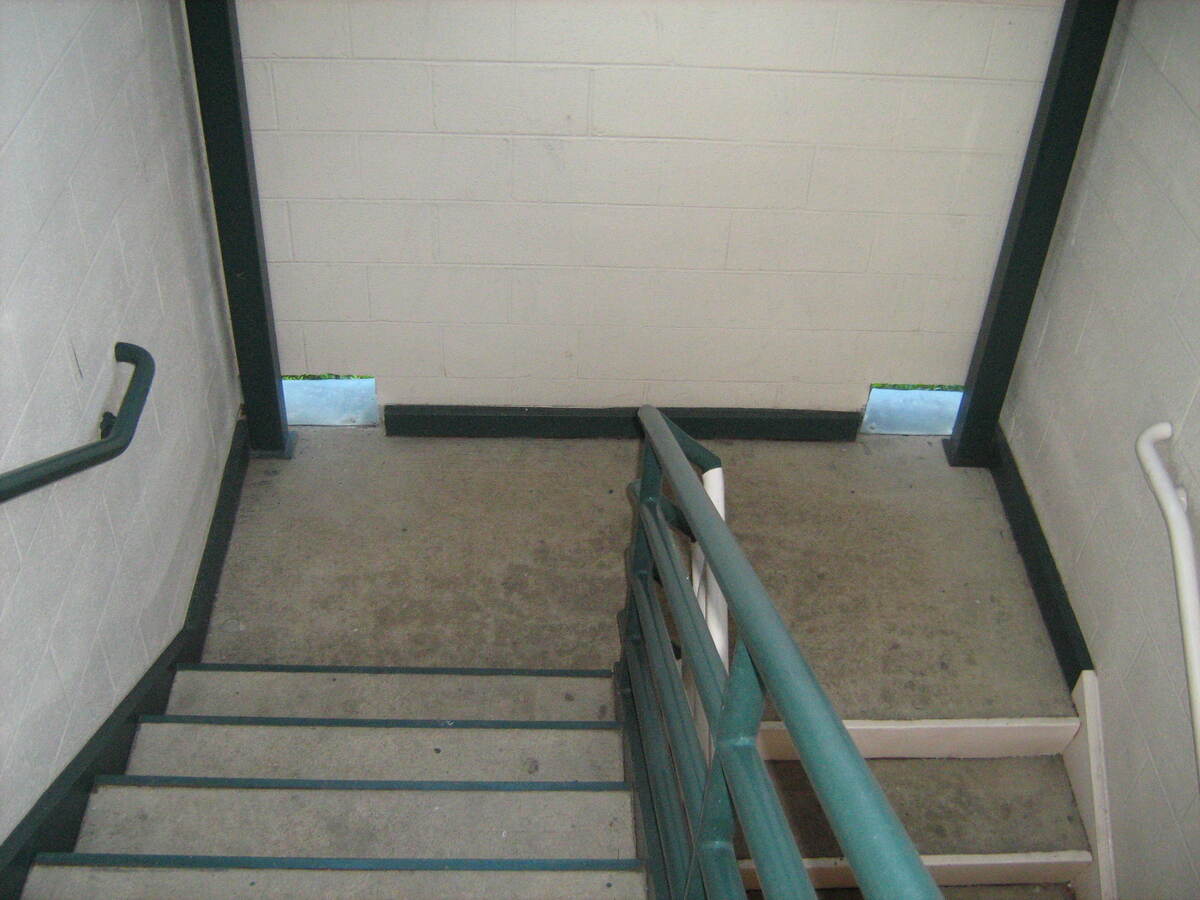
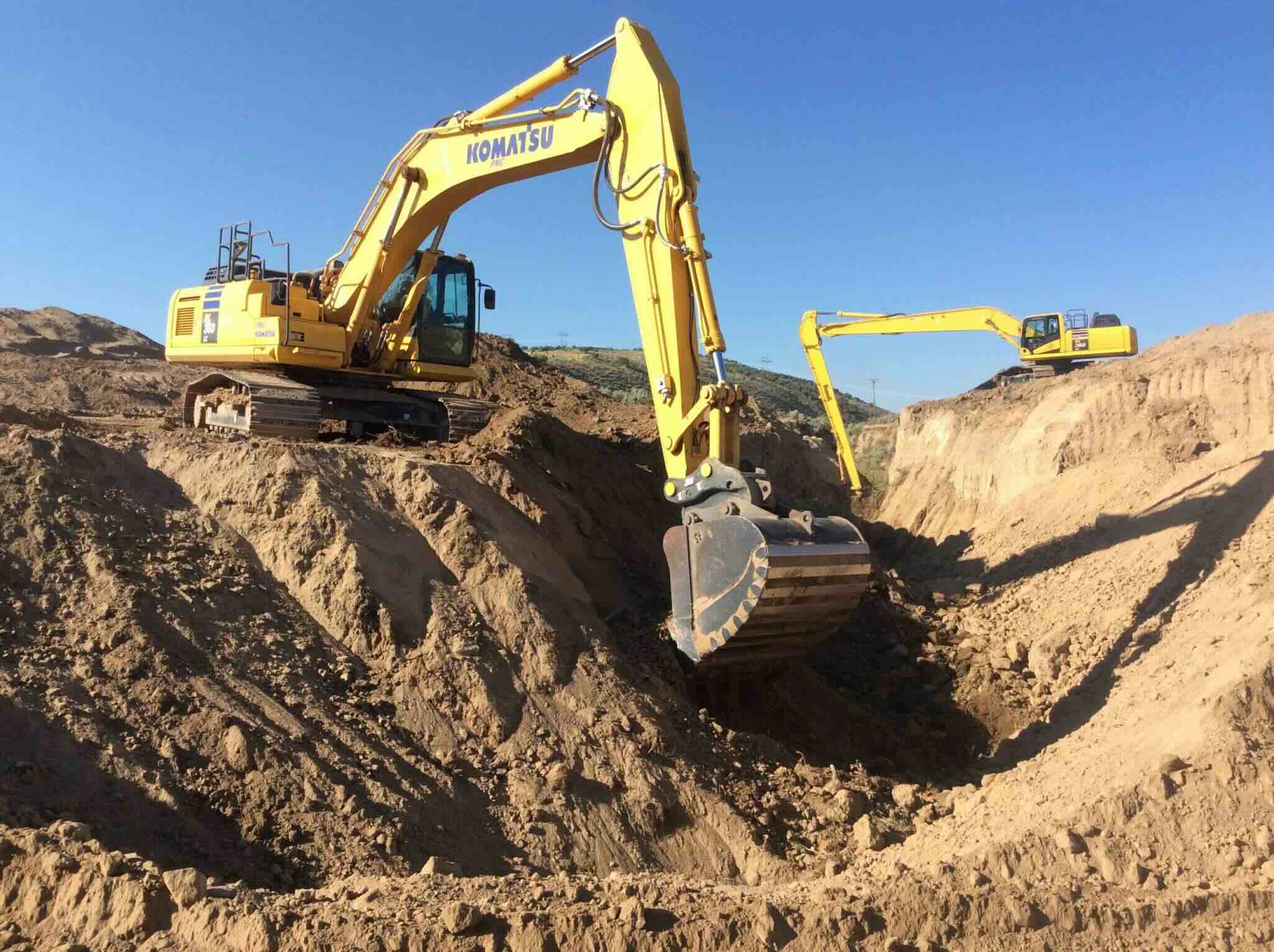

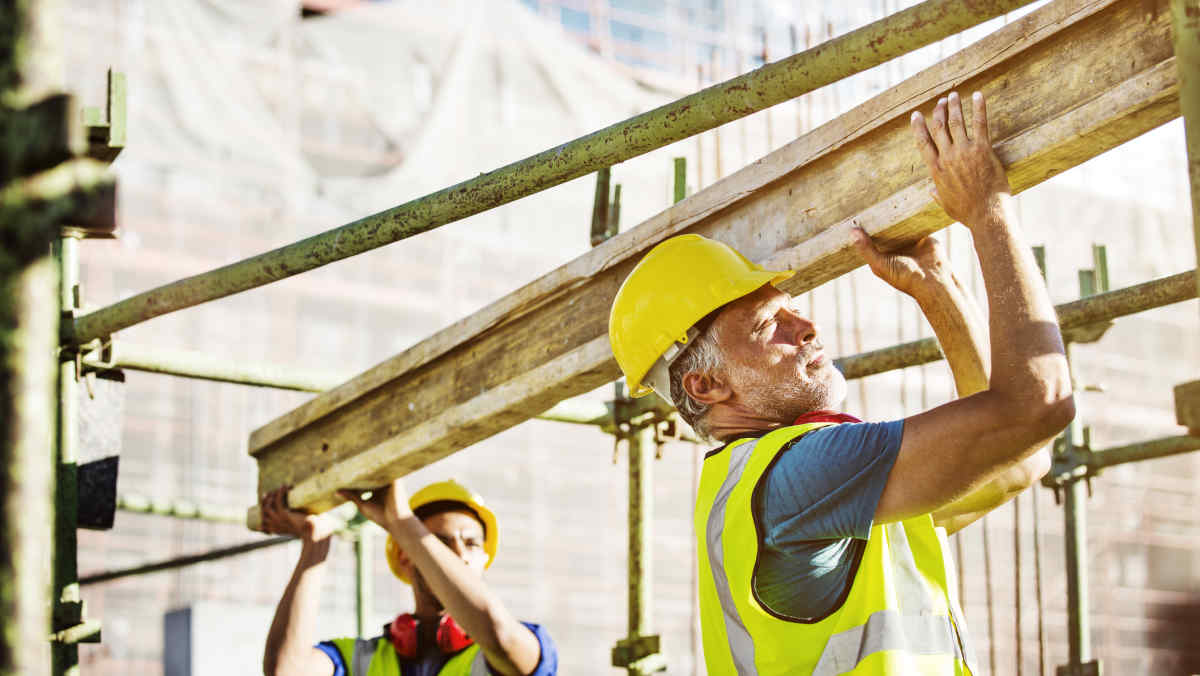
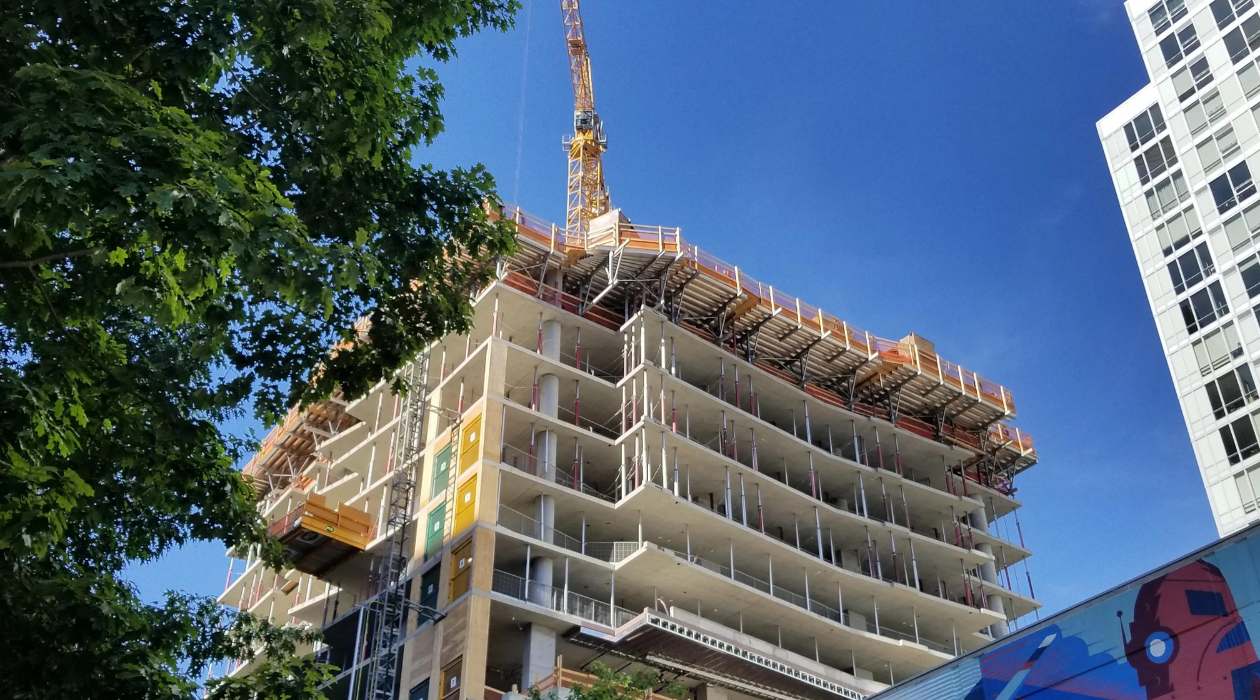

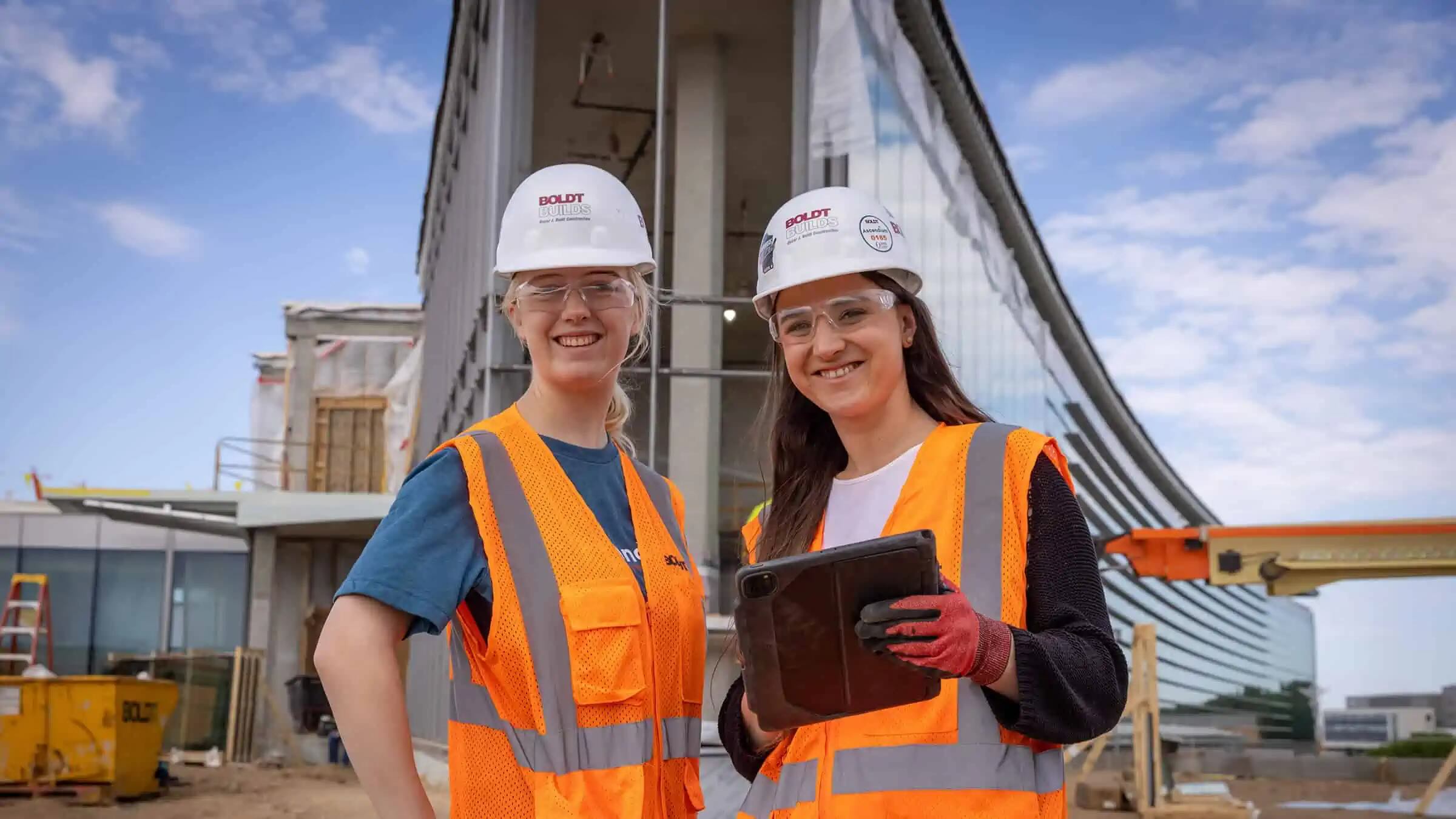
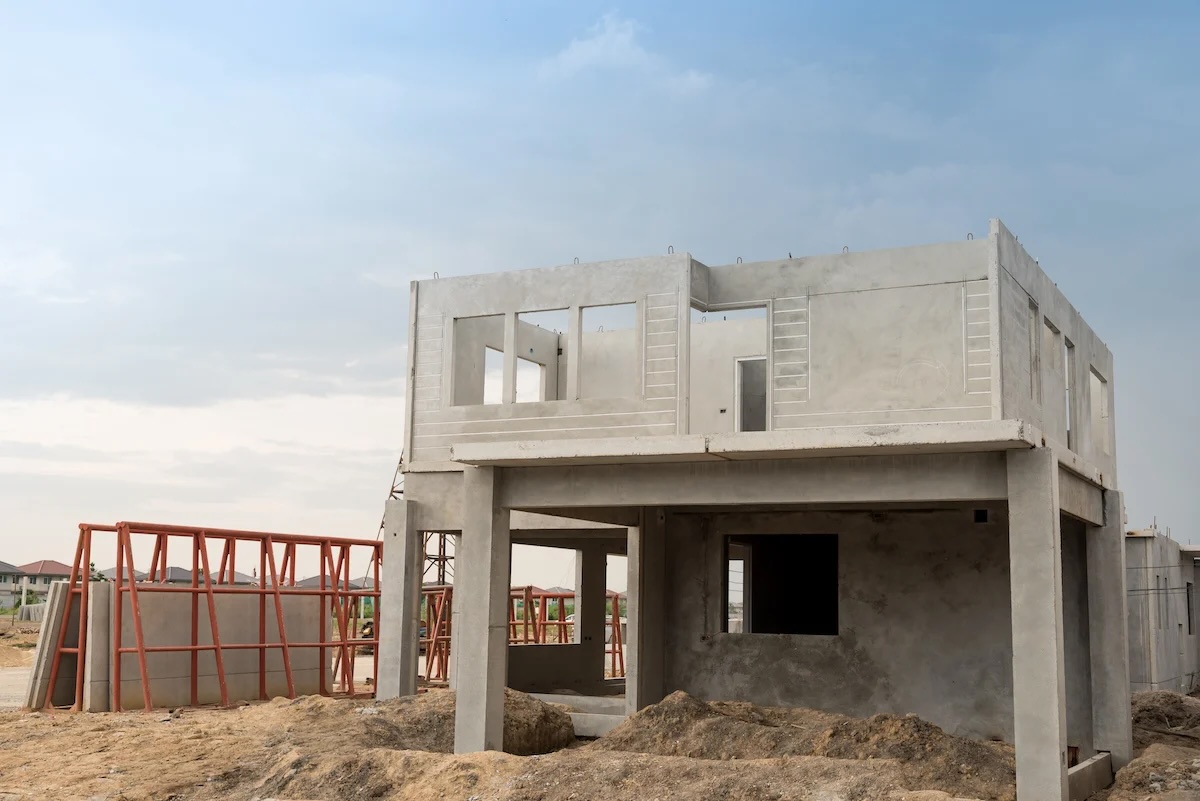


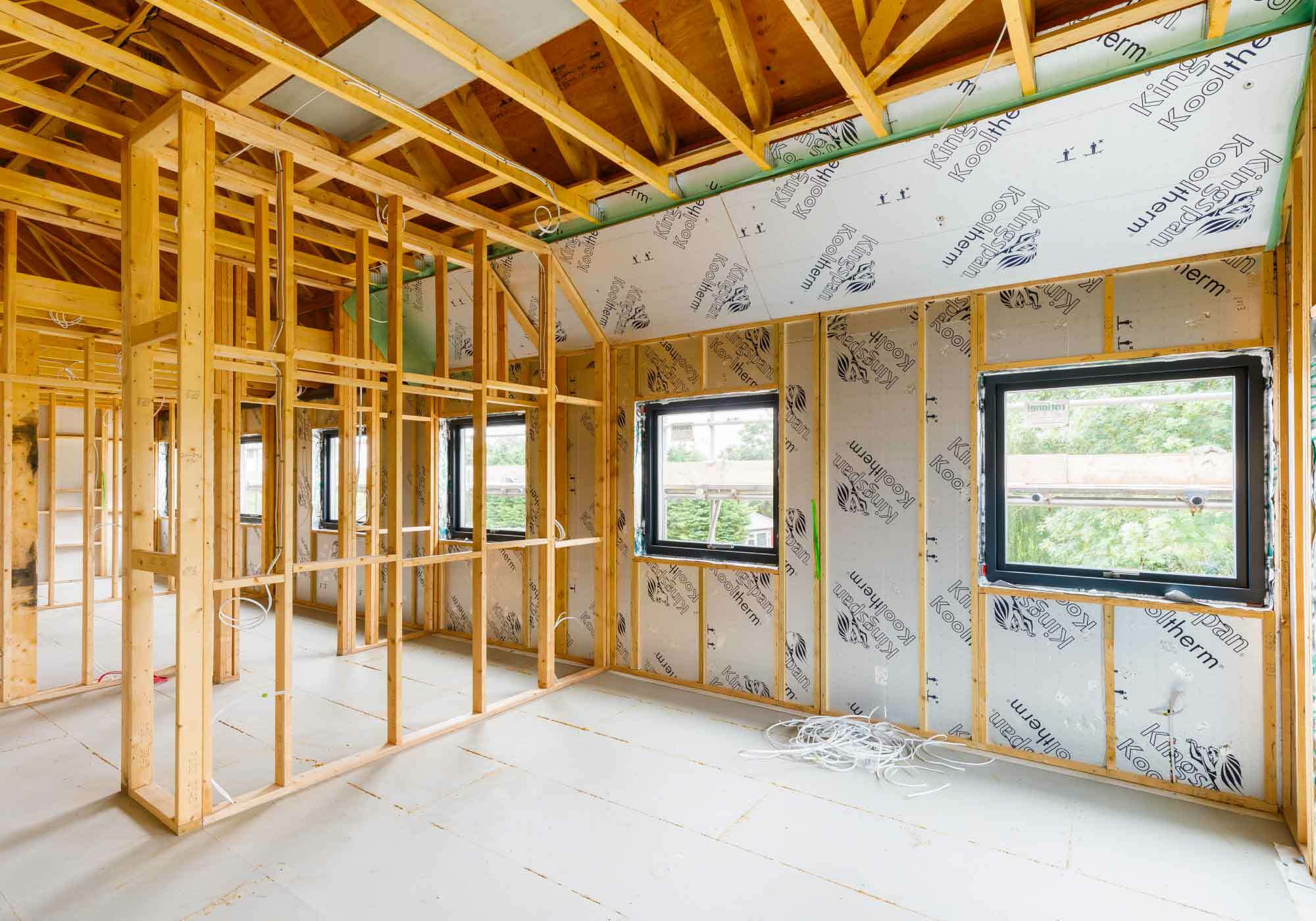

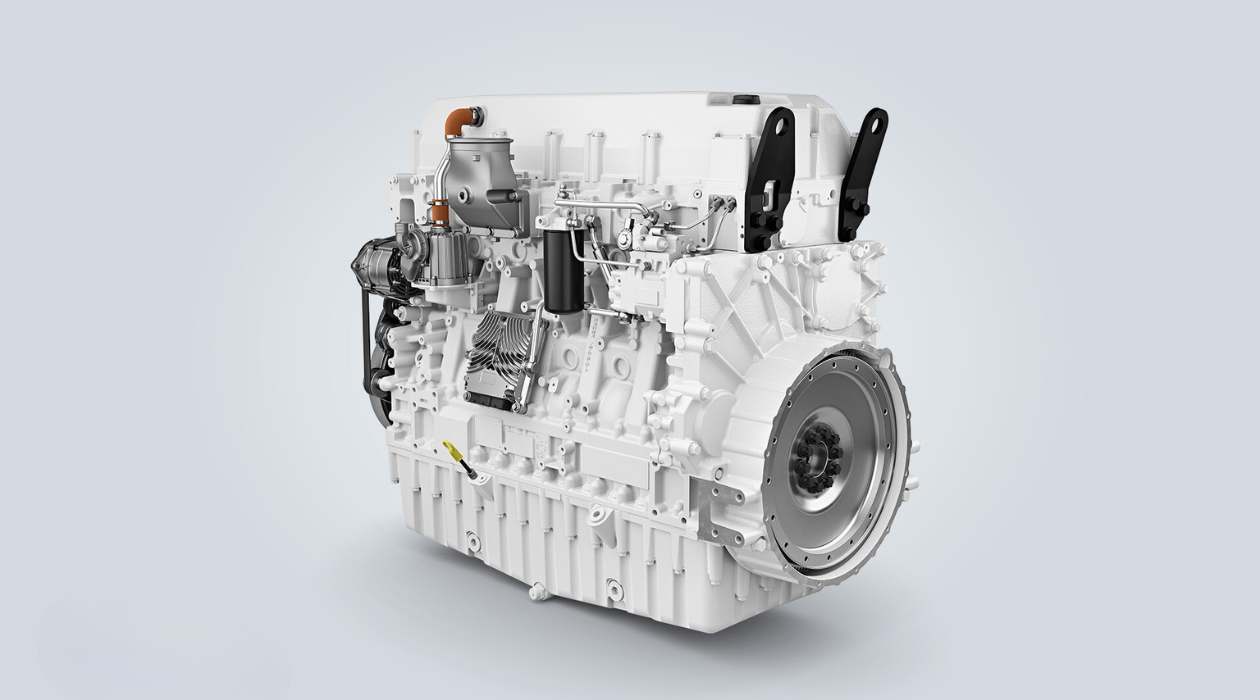

0 thoughts on “What Type Of Construction Is Heavy Timber”